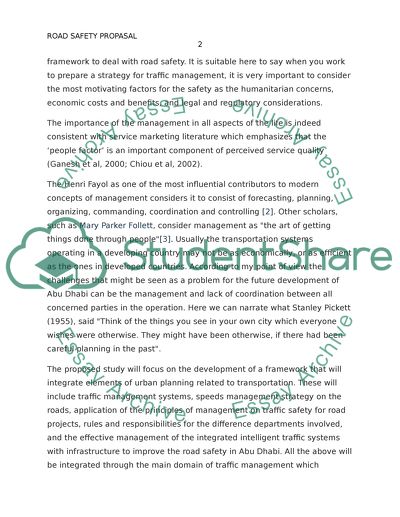Cite this document
(“The ideal role of Abu Dhabi Police in improving the traffic safety in Essay”, n.d.)
The ideal role of Abu Dhabi Police in improving the traffic safety in Essay. Retrieved from https://studentshare.org/engineering-and-construction/1470536-the-ideal-role-of-abu-dhabi-police-in-improving
The ideal role of Abu Dhabi Police in improving the traffic safety in Essay. Retrieved from https://studentshare.org/engineering-and-construction/1470536-the-ideal-role-of-abu-dhabi-police-in-improving
(The Ideal Role of Abu Dhabi Police in Improving the Traffic Safety in Essay)
The Ideal Role of Abu Dhabi Police in Improving the Traffic Safety in Essay. https://studentshare.org/engineering-and-construction/1470536-the-ideal-role-of-abu-dhabi-police-in-improving.
The Ideal Role of Abu Dhabi Police in Improving the Traffic Safety in Essay. https://studentshare.org/engineering-and-construction/1470536-the-ideal-role-of-abu-dhabi-police-in-improving.
“The Ideal Role of Abu Dhabi Police in Improving the Traffic Safety in Essay”, n.d. https://studentshare.org/engineering-and-construction/1470536-the-ideal-role-of-abu-dhabi-police-in-improving.


